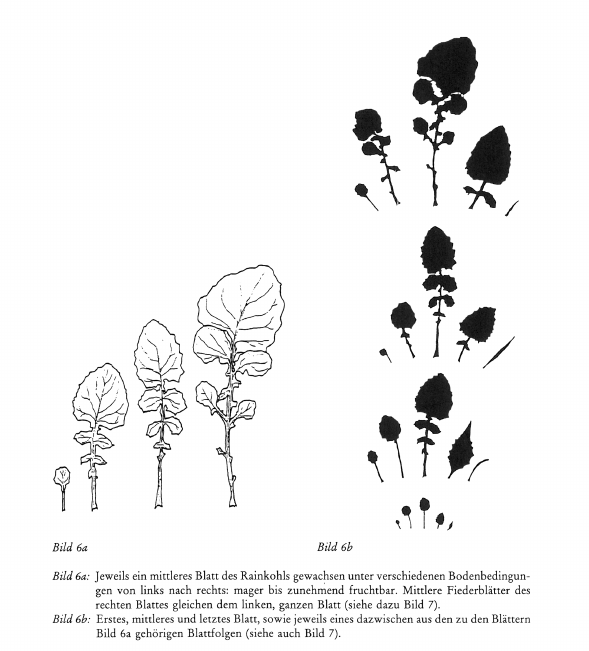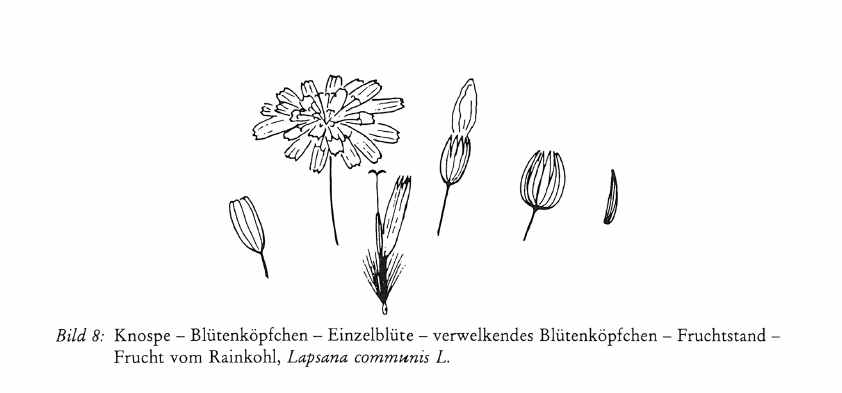Die Fruchtbarkeit von Goethes Wissenschaftsansatz in der Gegenwart
Export Article Citation as
- Plain text
- BibTeX
- RIS format
- Download price : € 6.00
Abstract:
Cognition originates through perception by conscious thinking. The reductionist approach grasps the outer relations of this process only and hence aims at a reality seperated from human inner experience. Goethe’s holistic approach results in an experience of reality by connecting the process of perceiving to the object of observation, itself. By this, the horizon of perceptions is expanded into the realm of psychic and spiritual experiences. Even anorganic nature calls for distinctive approaches adequate to understand optics on the one hand and mechanics on the other. On the basis of plant observations it is demonstrated that reductionism is able to elucidate conditions and limitations of life and it is shown that the true cognition of its reality requires a different methodology. A path is described that departs from an anticipation of the plant concept right from the first encounter and subsequently, is deepened by thinking observation of the growing, flowering, fruiting and rooting plant. Each step toward the conscious elaboration of the plant concept follows a distinct direction and leads to limitations, which in turn give rise to the preparation of the next step. As a result, a transition occurs from an integral morphology to a new chemistry of life. Growing identification with the inner nature of the plant provides an ethical approach for human actions, be it in ecology or medicine, through the process of cognition itself and therefore on a sound scientific level.








